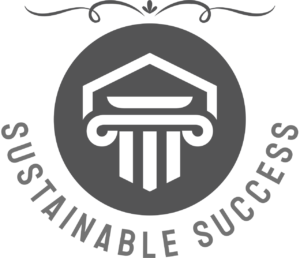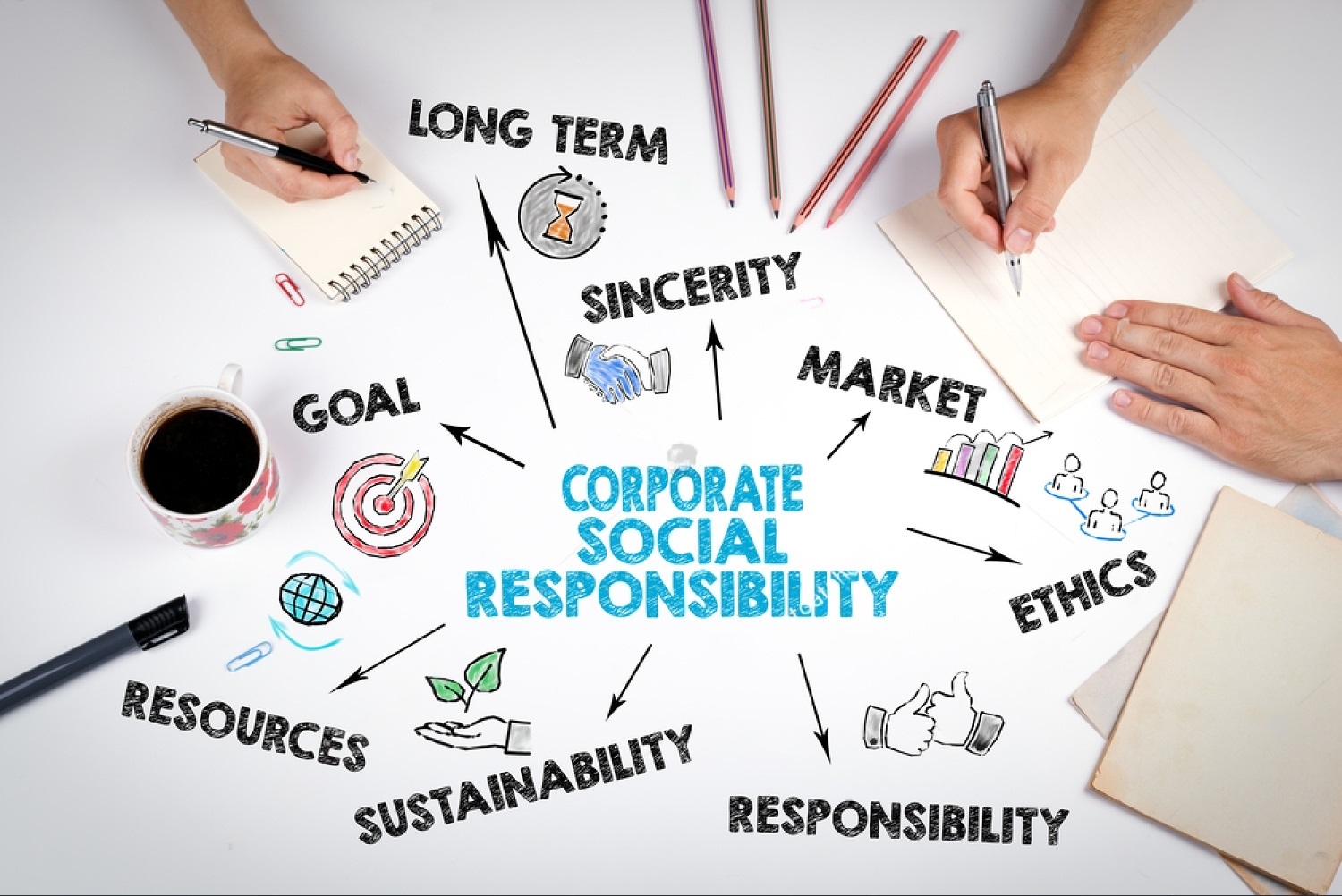In an ever-changing world, where global challenges like climate change, inequality, and poverty continue to persist, the concept of social responsibility has gained paramount importance. Gone are the days when businesses could solely focus on profit generation while disregarding their impact on society and the environment. Today, the modern ethos demands a holistic approach that goes beyond mere awareness to concrete action. In this article, we delve deep into the dimensions of social responsibility, examining its various facets, exploring its benefits, and shedding light on how individuals and organizations can effectively transition from awareness to impactful action.
Understanding Social Responsibility
At its core, social responsibility refers to the ethical framework that an individual or organization adheres to in conducting their activities, taking into account the well-being of society, the environment, and future generations. It is a paradigm shift from the traditional profit-centric approach to a broader perspective, where stakeholders are seen as encompassing not only shareholders but also communities, employees, customers, and the planet.
The Dimensions of Social Responsibility
1.Environmental Responsibility
One of the primary dimensions of social responsibility is environmental stewardship. With the escalating threat of climate change, it has become imperative for businesses and individuals to minimize their ecological footprint. Companies are now expected to adopt sustainable practices, reduce waste, conserve resources, and invest in renewable energy. Additionally, supporting initiatives that protect biodiversity and ecosystems has become a priority.
2.Corporate Philanthropy
Beyond economic contributions, corporate philanthropy plays a vital role in social responsibility. Businesses are increasingly engaging in charitable activities, supporting causes such as education, healthcare, poverty alleviation, and disaster relief. This not only fosters positive relationships with communities but also helps address pressing social issues.
3.Ethical Business Practices
Ethics form the cornerstone of social responsibility in the corporate world. Embracing transparency, fairness, and integrity in all business dealings is essential. This includes responsible supply chain management, fair labor practices, and combatting corruption.
4.Socially Responsible Investing
Investors, too, are playing a pivotal role in shaping social responsibility. The concept of socially responsible investing (SRI) involves allocating capital to companies that have a positive impact on society and the environment while avoiding those that engage in harmful practices. SRI has been gaining popularity as individuals seek to align their financial interests with their ethical values.
5.Community Engagement
Building strong relationships with local communities is crucial for any socially responsible organization. Engaging in community development projects, supporting local economies, and listening to the needs of the people help create a positive and lasting impact.
Benefits of Embracing Social Responsibility
1.Enhanced Reputation and Brand Image
A commitment to social responsibility enhances an organization’s reputation, leading to increased customer loyalty and trust. Consumers are increasingly inclined to support businesses that demonstrate a genuine concern for societal well-being.
2.Attracting and Retaining Talent
Socially responsible organizations tend to attract top talent who are motivated to work for a company that aligns with their values. Furthermore, employee retention improves as individuals feel a sense of pride in contributing to a greater cause.
3.Mitigating Risks
Proactively addressing social and environmental issues helps mitigate potential risks that could arise from negative public perception or regulatory actions. Being prepared and staying ahead of the curve is an essential aspect of social responsibility.
4.Innovation and Long-term Viability
Embracing social responsibility fosters innovation, leading to the development of sustainable products and solutions. Organizations that adapt to societal needs are more likely to remain viable in the long term.
Transitioning from Awareness to Action
Transitioning from mere awareness to tangible action is a critical step in the journey towards social responsibility. Here are some key strategies for individuals and organizations to make this transformation:
1.Set Clear Goals and Targets
Establishing clear and measurable goals is the first step in making progress. Whether it’s reducing carbon emissions, increasing philanthropic contributions, or implementing ethical business practices, defining targets helps focus efforts and track success.
2.Integrate Social Responsibility into the Core Business Strategy
Social responsibility should not be an afterthought but an integral part of the business strategy. By incorporating it into decision-making processes, resource allocation, and performance evaluation, organizations can ensure that it becomes a part of their DNA.
3.Collaborate and Learn from Others
Collaboration with like-minded organizations, NGOs, and governmental bodies can magnify the impact of social responsibility initiatives. Learning from the experiences of others and sharing best practices enables collective progress.
4.Measure and Communicate Impact
Regularly measuring and evaluating the impact of social responsibility efforts is crucial. By communicating the results transparently to stakeholders, organizations can garner support and inspire others to follow suit.
5.Encourage Employee Engagement
Employees are the driving force behind any organization’s success. Engaging employees in social responsibility initiatives not only boosts morale but also generates innovative ideas and solutions.
Takeaway
Social responsibility has evolved from a buzzword to a vital imperative in today’s world. Acknowledging the interconnectedness of economic success and societal well-being, individuals and organizations are recognizing their responsibility to contribute positively to the world. By embracing the dimensions of social responsibility and transitioning from awareness to action, we can collectively build a sustainable and inclusive future for generations to come. The path may not always be easy, but it is a journey worth taking to create a world where businesses thrive while making a meaningful difference.

